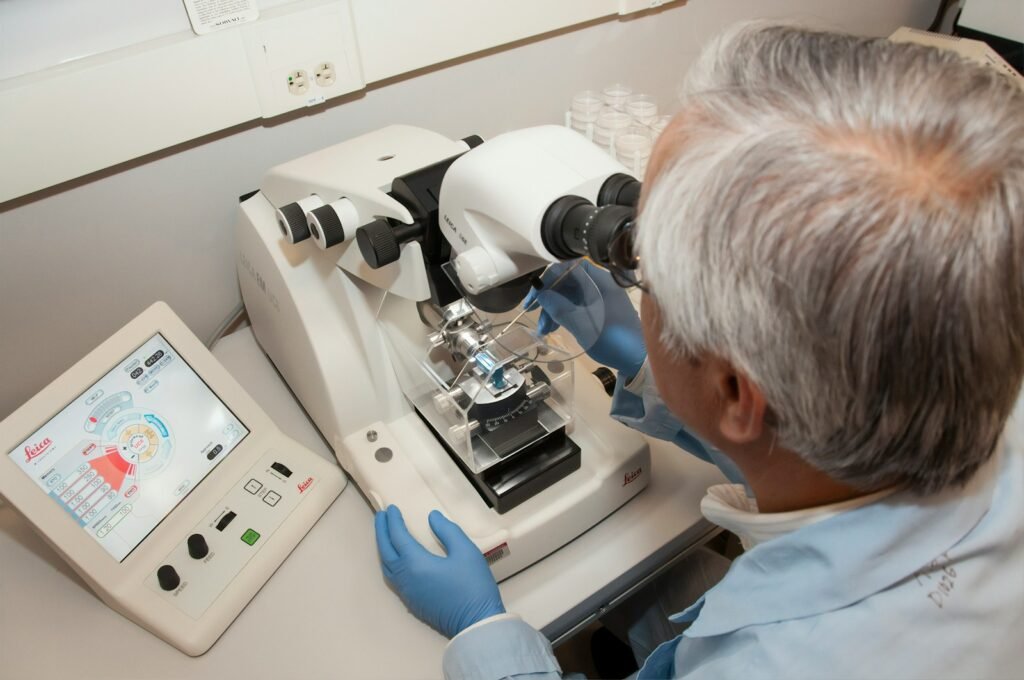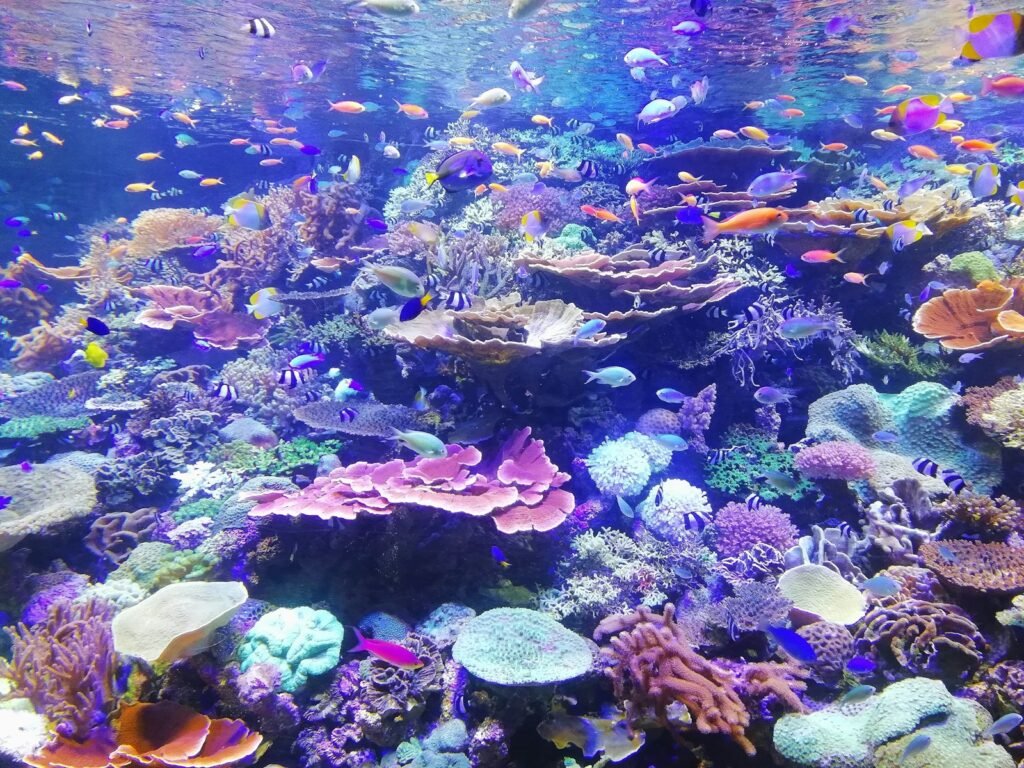The Great Barrier Reef, one of the most astonishing ecosystems on our planet, harbors spectacular biodiversity and ecological significance. Spanning over 344,400 square kilometers off the coast of Queensland, Australia, this marine marvel is composed of thousands of individual reefs and islands. However, the health of the Great Barrier Reef has been of growing concern. Recent scientific discoveries are shedding new light on the changes occurring beneath the waves, offering a deeper understanding of the challenges it faces and the steps being taken to preserve its future.
Understanding the Great Barrier Reef

The Great Barrier Reef is not just a stunning natural wonder; it is a thriving ecosystem that supports an exceptional variety of marine life. Comprising over 600 types of coral, 1,625 species of fish, and more than 100 species of jellyfish, it serves as a critical habitat for a multitude of marine organisms. Its complex structure offers protection, food, and breeding grounds for many species, making its preservation vital for marine biodiversity.
Recent Observations and Changes

Scientists have observed significant changes in the Great Barrier Reef over recent decades. Rising sea temperatures, primarily due to climate change, have led to frequent coral bleaching events. This phenomenon results from corals expelling the symbiotic algae living in their tissues, causing them to turn white. While some corals can recover, prolonged bleaching events weaken their resilience, leaving them susceptible to disease and death.
Innovations in Coral Restoration

In response to the threats facing the reef, scientists are pioneering new methods for coral restoration. Techniques such as “coral gardening,” where fragments of healthy coral are grown in nurseries before being transplanted back into the reef, show promise. Additionally, breeding heat-resistant strains of coral and utilizing techniques like assisted evolution are part of innovative efforts to enhance coral resilience to changing ocean conditions.
Impact of Ocean Acidification

Ocean acidification, stemming from increased carbon dioxide absorption, is another pressing issue affecting the reef. The resultant decrease in the pH of seawater hampers corals’ ability to form calcium carbonate skeletons, essential for their growth and survival. Research is ongoing to understand the extent of these effects and to devise strategies to mitigate them, such as developing coral species that can withstand more acidic conditions.
Role of Marine Protected Areas

Marine protected areas (MPAs) have become a crucial element in the conservation of the Great Barrier Reef. These areas restrict human activities like fishing and tourism, allowing ecosystems to thrive without interference. Studies show that MPAs can bolster fish populations and improve the overall health of coral reefs, demonstrating the effectiveness of conservation policies in protecting vulnerable marine habitats.
Contribution of Indigenous Knowledge

Incorporating traditional knowledge from Indigenous communities is enriching scientific approaches to reef conservation. Indigenous peoples have long histories of interaction with the reef, providing valuable insights into its changes over centuries. Collaborative efforts between scientists and Indigenous communities are fostering unique conservation strategies that integrate traditional ecological knowledge with modern science.
Technological Advances in Monitoring

Advances in technology are revolutionizing the way scientists study the Great Barrier Reef. High-resolution satellite imagery and autonomous underwater drones now offer comprehensive tools for monitoring reef health. These technologies enable large-scale data collection and real-time analysis, aiding in the timely detection of threats like bleaching and other environmental changes.
The Importance of Public Awareness

Educating the public about the plight of the Great Barrier Reef plays a pivotal role in its preservation. By raising awareness about the challenges it faces, individuals and communities are more likely to support conservation initiatives. Campaigns aimed at reducing carbon footprints, minimizing plastic use, and advocating for sustainable practices contribute to broader efforts to safeguard the reef.
Concluding Reflections

The ongoing changes within the Great Barrier Reef underscore the urgent need for comprehensive conservation strategies. Through recent scientific discoveries and innovative restoration techniques, there is hope for mitigating some of the adverse impacts. However, global efforts to combat climate change remain essential to ensure the reef’s long-term survival. By combining cutting-edge science, traditional wisdom, and active public engagement, we can strive to preserve this irreplaceable treasure for future generations.

Jan loves Wildlife and Animals and is one of the founders of Animals Around The Globe. He holds an MSc in Finance & Economics and is a passionate PADI Open Water Diver. His favorite animals are Mountain Gorillas, Tigers, and Great White Sharks. He lived in South Africa, Germany, the USA, Ireland, Italy, China, and Australia. Before AATG, Jan worked for Google, Axel Springer, BMW and others.




